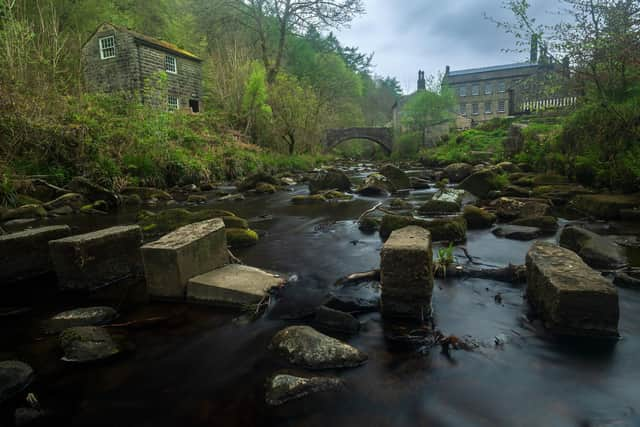Gibson Mill: The off-grid mill in West Yorkshire that helped power the industrial revolution
Gibson Mill in Hebden Bridge certainly boasts a rich heritage inside its walls - and outside, there’s a glorious landscape to boot.
The mill sits beside Hebden water in a wooded valley known as Hardcastle Crags.


Advertisement
Hide AdAdvertisement
Hide AdA range of birds, amphibians and insects can be seen in the landscape - and there’s even been glimpses of deer.
Built around the turn of the 19th century, Gibson Mill tells its own history over the past 200 years, and that of the valley, through its exhibitions. It is also home to a cafe, and is a wedding destination for couples tying the knot.
As mentioned, it was one of the first mills of the industrial revolution and until 1890 produced cotton cloth, driven by a water wheel. Life for the mill afterwards, in the early 1900s, was as an ‘entertainment emporium’. It was once home to a dance hall, roller-skating rink and dining saloons. But after the end of the Second World War, it became disused and in 1950 was acquired by the National Trust.
Today it stands as a flagship sustainable venue for the trust, completely off grid, meaning it has no mains power, water or sewage connections.
Advertisement
Hide AdAdvertisement
Hide AdIt has operated that way for more than a decade, entirely self-sufficient, generating all the energy it uses on site. Its water supply comes directly from the natural spring water in Hardcastle Crags and it treats all its own waste.
